Sennheiser IE 200 Review: Affordable, but is it good?
The Sennheiser IE 200 is the most affordable in-ear monitor in their IE line-up. At $150, it's meant to bring the Sennheiser sound to the masses. But how much has changed from its bigger brothers IE 600 and IE 900 and is it any good?
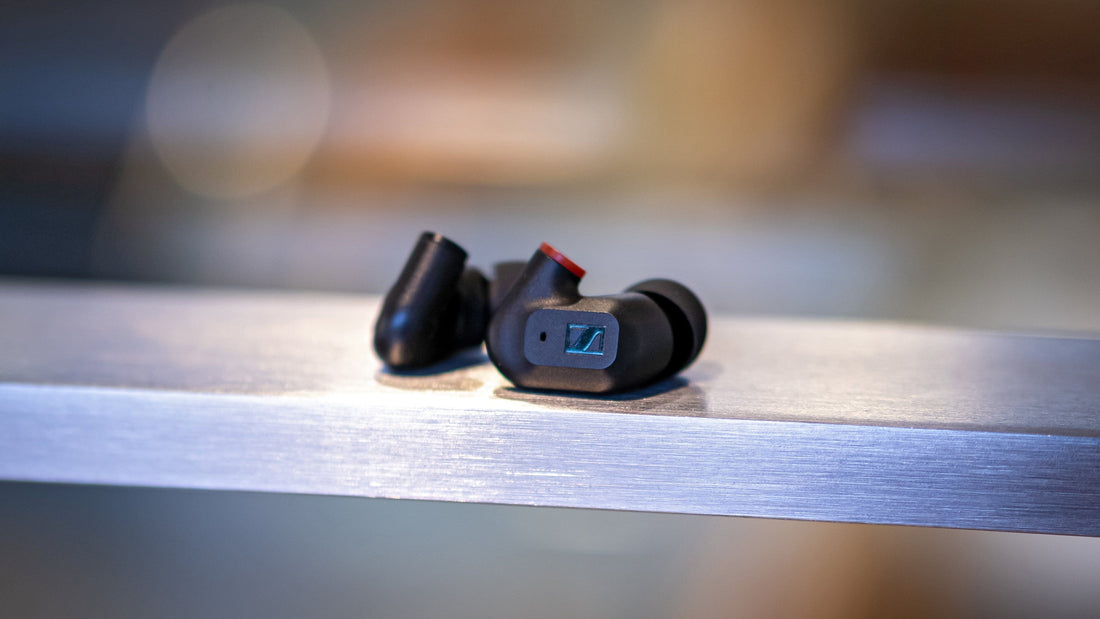
Introduction
With the release of the $1,500 Sennheiser IE 900 and $800 IE 600, Sennheiser decided it was time for an option accessible to the masses. Enter the $150 IE 200. The baby brother of the modern, audiophile-focused IE line-up, the biggest question is what exactly did Sennheiser do to price it at $150. Does it even have any resemblance to the IE 600 or IE 900 or is it effectively a completely different product? With that in mind, let’s see if the IE 200 is worthy of standing next to its bigger brothers.
This is the 3rd article in my Sennheiser IE line-up series. I strongly recommend you read my review of the IE 900 and the IE 600 first as it will set the groundwork for this review.
Source(s) Used: Ferrum ERCO Balanced DAC & Headphone Amp and Apple USB-C dongle
What we like
- Well-balanced bass quality
- Mild V-shape tilt that’s not overdone in the treble
- Small and lightweight
What we don’t like
- One of the worst stock cables ever
- Inconsistent bass seal, especially with stock tips
- Semi-proprietary MMCX connectors
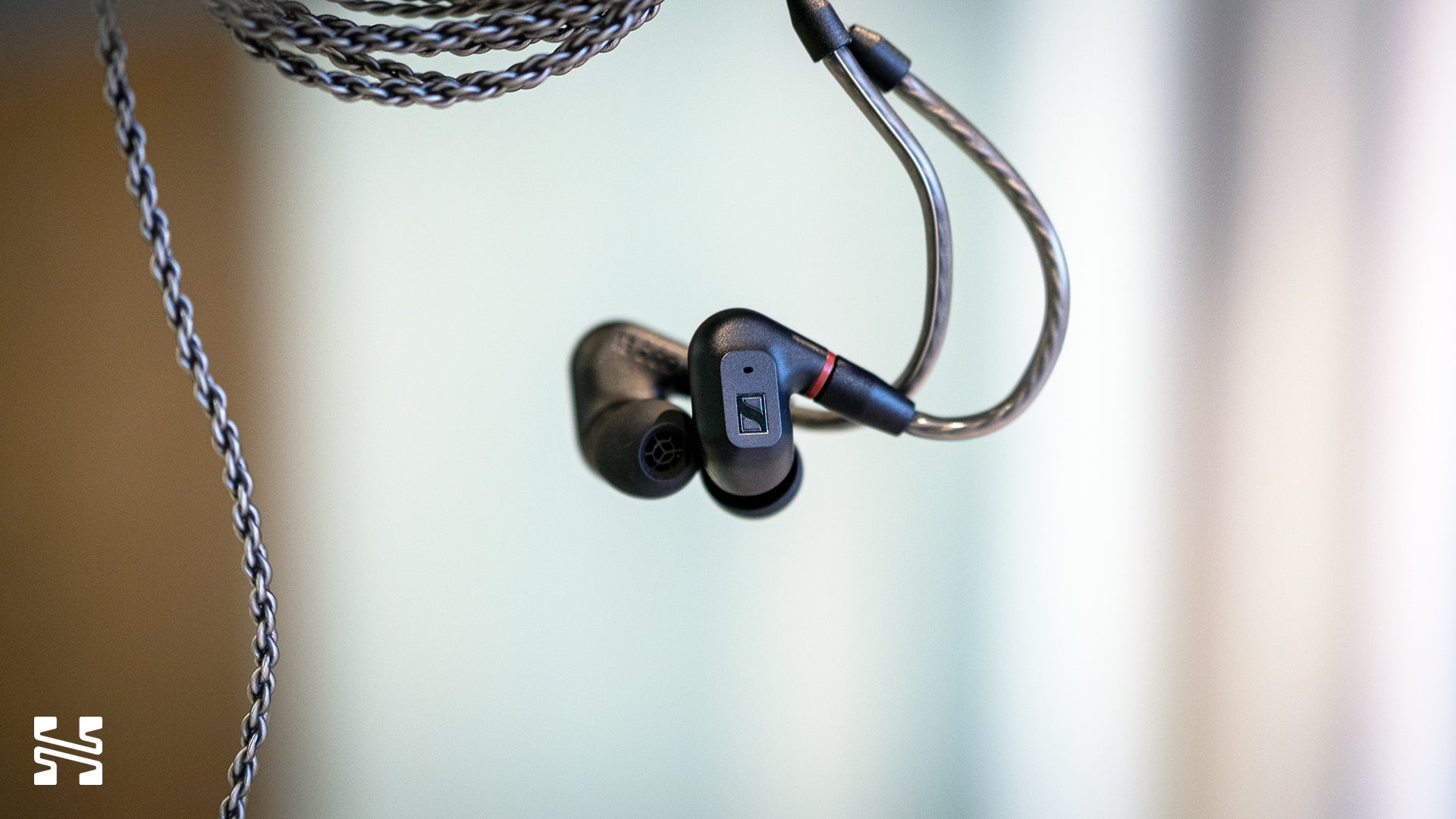
What’s in the Box?
The unboxing experience of the IE 200 is significantly cut down from that of the IE 600/900. Instead of a fancy slide-out box, it’s a thin cardboard package. I guess they needed to save money somewhere. Or at the very least, make it less premium looking. The most obvious cost-cutting measure is the shell - it’s plastic now instead of metal. Accessories are a similar downgrade. While it shares the same silicone and foam tips with the IE 600/900, you get a cheap faux-leather pouch for a case. And when it comes to the cable, it’s genuinely one of the worst stock cables I’ve ever come across. Putting aside the obvious complaints with the proprietary MMCX connectors Sennheiser is using, its sheathing and braid causes it to have awful cable memory. It’s extremely tangly to the point where it’s frustrating to use. I switched over to using the IE 600/900 cable immediately. I’d strongly recommend you find a replacement cable yourself. Something like this should work.
Beyond the fit issues that the IE series has (see Appendix), there’s a rather interesting design choice with the IE 200: there’s a hole in the side of the nozzle. This hole allows for a “dual bass tuning” system where you can partially (bass light) or fully cover the hole (more bass). I’ll talk about the differences between the two in the bass section, but this hole means that even if you get a proper seal in your ears, it sometimes isn’t sealed at the nozzle and you’ll have less bass than desired. This can be fixed by using different tips or by putting a small piece of tape over the hole to ensure consistency. Personally, I think it’s quite a clever bit of innovation Sennheiser is going for here, but the execution is lacking.
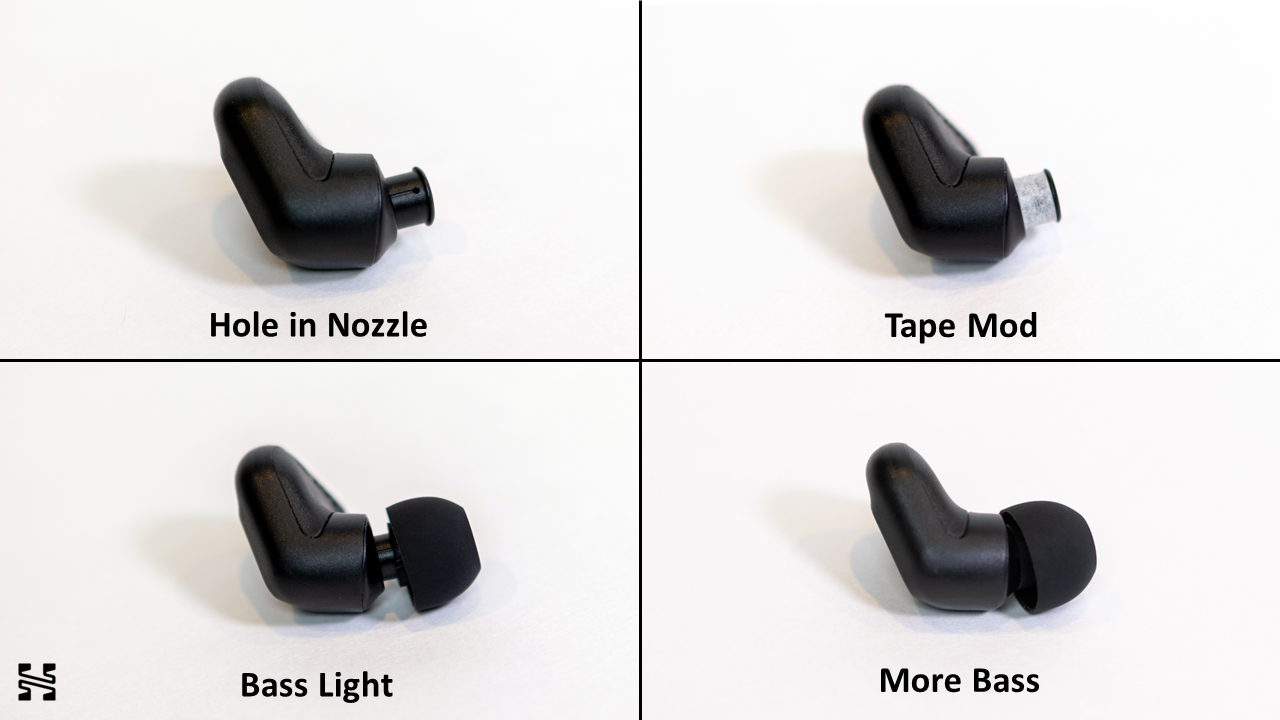
Hole can be seen in the nozzle on the left. Tape covers it up as seen on the right.
In terms of configuration, the IE 200 uses the same single 7 mm TrueResponse driver found in its older siblings. Except this time, the Sennheiser doesn’t talk about any fancy acoustic designs in the shell like it does the IE 600 and IE 900. There’s probably a little bit of engineering going on but I suppose the marketing folks weren’t able to come up with anything here.
Sound and Frequency Response
Here is the frequency response of the IE 200, taken on a clone IEC-711 coupler. Keep in mind these graphs are calibrated and a perfectly flat line at 0 equals the diffuse field head-related transfer function (DF HRTF), the anatomical baseline compensation for headphones/IEMs. The wide grey bands are preference bounds that represent listening research that suggests the limits of how much deviation/tonal color a headphone could have that people still found acceptable without it starting to be perceived as imbalanced. Here’s a great video primer if you want to know more about what that means.
Sennheiser IE 200 measurements using some generic silicone tips for a consistent seal and extremely good channel matching. Remember that this is using an IEC-711 clone coupler which is not accurate at the resonance peak around 8 kHz and beyond.
While the IE 200 does skirt the edges of the preference bounds, it isn’t anything too out of the ordinary. It’s a mildly V-shaped IEM with reasonable mids. My first overall impressions were that the IE 200 does inherit some of the Sennheiser DNA but it’s significantly diluted. It’s the least “problematic” of the line-up, but also the least interesting as it lacks the intensity that gave the IE 600 and IE 900 their character.
Bass
I loved the IE 900’s bass. I enjoyed the IE 600’s. The IE 200’s is… pretty good. What I like most about it is that it’s well balanced. There’s a nice sense of punch in its initial attack that’s followed up with a helping of subbass heft to complete the note. It falls neatly between the IE 900’s strong emphasis on a deep, bodied subbass and the IE 600’s firm, punchy midbass. The bass quantity here is slightly dominant, commanding a little more attention than the rest of the frequency range when notes land. While it’s not quite as authoritative or dynamic as the IE 600/900 in the bass impact and weight, it still puts on a very respectable performance. One that is unique to the Sennheiser IE line-up.
Bass difference using stock tips vs generic tips. The inconsistent seal with the stock tips often creates a bit of a leak and thus reduced bass.
These qualities make the IE 200 a cut above your average IEM where bass is often lackluster. That said, there is one major nitpick: unlike the IE 600 or 900, there’s very little texture to the bass of the IE 200. None of the rawness that so captivated me with the IE 900. As such, bass notes can start to feel a little superficial once I started listening to the IE 200 past initial impressions. If IE 600 is a little smoothed over from the IE 900, the IE 200 is a lot smoothed over from the IE 600.
Importantly, I am using AZLA Sedna tips here along with the bass mod to get a consistent seal in the nozzle. Using the stock tips on the “bass light” setting, the IE 200 obviously becomes significantly less bassy. It’s actually not too bad - the tuning shifts to a much more “clarity” focused signature where the mids and treble are the primary points. The IE 200’s bass is still there with the qualities I’ve described, but its presence is like a ghost of its former self.
The bass light setting has significantly less bass than the standard “More Bass” setting. Note that the difference in the nozzle length necessarily shifts the resonance peak.
The tape mod ensures a proper seal and elevates the amount of bass presence.
Mids
Of the IE line-up, I actually think the IE 200 has the best midrange of them all. The IE 900 sounds stuffy with some noticeable timbral issues, which is expected given how much it steps out of the preference bounds. The IE 600 fixes a lot of it but there is just a bit too much emphasis around the 2 kHz mark to give it what I call a “vocal front” where the vocal body is pushed forward a touch instead of being blended in seamlessly in the mix. The IE 200 relaxes on this front and makes it sound more balanced overall. Vocals and instruments are mild and on the warmer side; they don’t sound forced in any way. While it doesn’t line up perfectly with the DF + 10 dB downwards slope, I didn’t really have any real complaints here. Its tonality is on par with pretty much any decent IEM in the last year or two.
IE 200 vs 600 vs 900. Note how the IE 600 extends a little past the preference bounds around 2 kHz while the IE 200 does not.
Treble
In keeping with the theme of being a less intense version of its older siblings, the IE 200 has the least invasive treble. As you can see from the graphs, it has a broad peak in the mid-treble before tapering off in the upper treble. This broad peak is characteristic of the Sennheiser IE line-up, though relatively tamed on the IE 200. Now, the disclaimer applies here that treble measurements are not very reliable, especially on the IEC-711 clone coupler I’m using. But my experience does line-up fairly well with what I see on the graph.
The IE 200’s treble has a bit of a delicate quality to it. Hats and cymbals are a bit bright, a bit thin, and a bit sparkly. The trailing ends of tones do fade quickly so there isn’t much of a lingering shimmer. Despite not using the stock Sennheiser tips with the foam dampeners, I don’t hear the IE 200 as harsh, sibilant, or overly sharp. I find that having a single wide peak can be more tolerable than a series of narrow ones. An overall elevated treble energy is preferable to creating an uneven response where notes are chopped up. In general, I like the treble performance here. While it is elevated and brighter to give the IE 200 a more of a V-shaped signature, a lot of people will find it a lot easier to listen to than the raw sounding IE 900 or splashy IE 600.
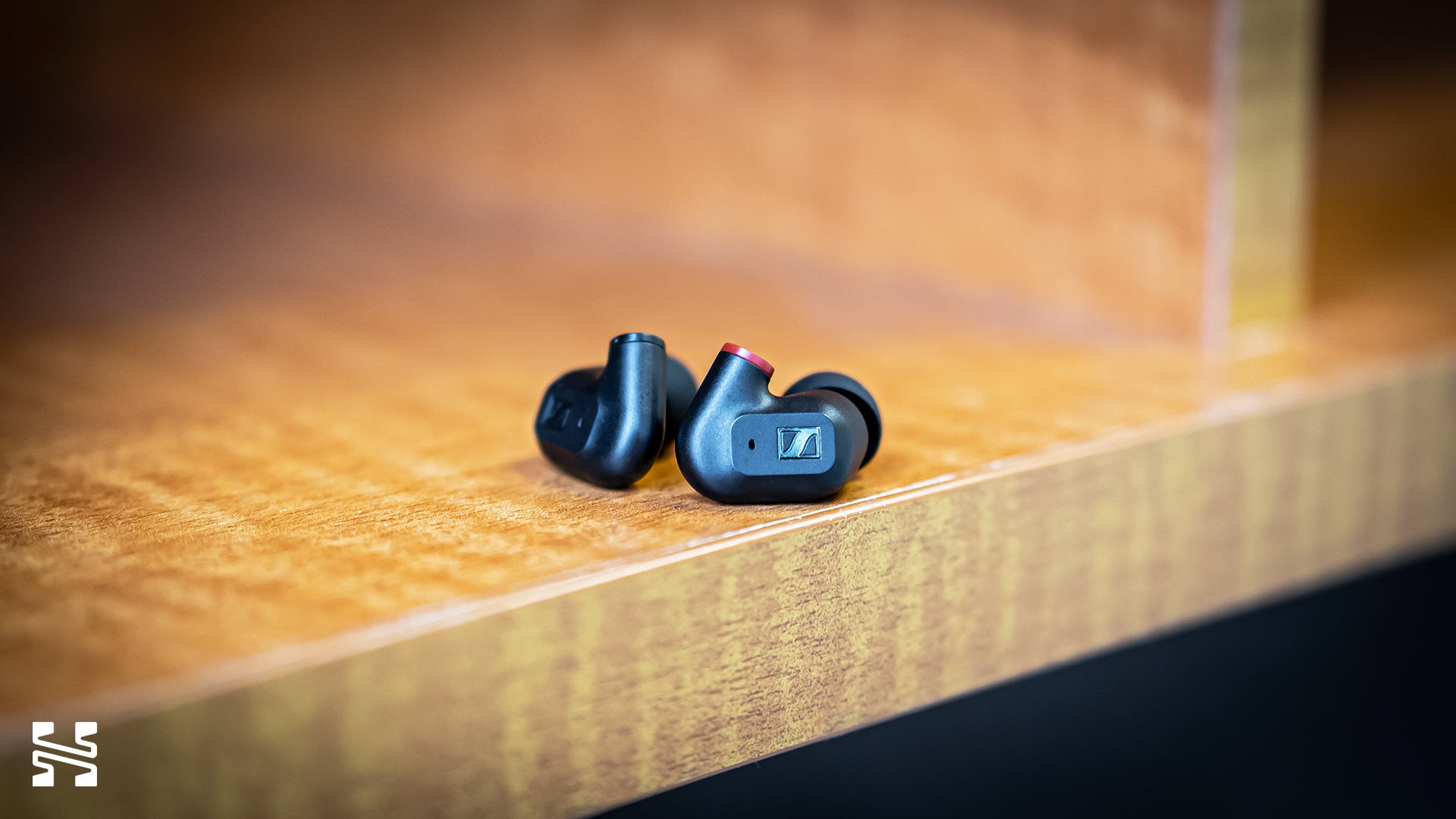
Presentation
The overarching story of the IE 200’s technical ability didn’t change much from my initial impressions. It’s a diluted version of the IE 600/900. Soundstage and imaging was least affected. Good, if unremarkable. The center image is well-positioned without being too forward thanks to the milder midrange of the IE 200. Where the IE 200 stumbles is in layering and separation. While it doesn’t sound smeary, the depth and spacing between instruments can feel flat. It’s nothing out of the ordinary but is a step down from its siblings.
While the IE 200 is an arm’s length from the IE 600 and a distant third from the IE 900’s dynamics, it is commendable in its class of sub-$200 IEMs. These 7 mm TrueResponse transducers Sennheiser uses in the IE line-up just don’t feel quite as dynamically stifled as many IEMs do. It’s in the resolution where the IE 200 starts to become middling. Tracks sound high-level - all the main instruments and passages are there but a deeper level of articulation isn’t heard. This is compounded by a lack of texturing that gives the IE 200 a shallow sort of sound and leaves me wanting for more nuance.
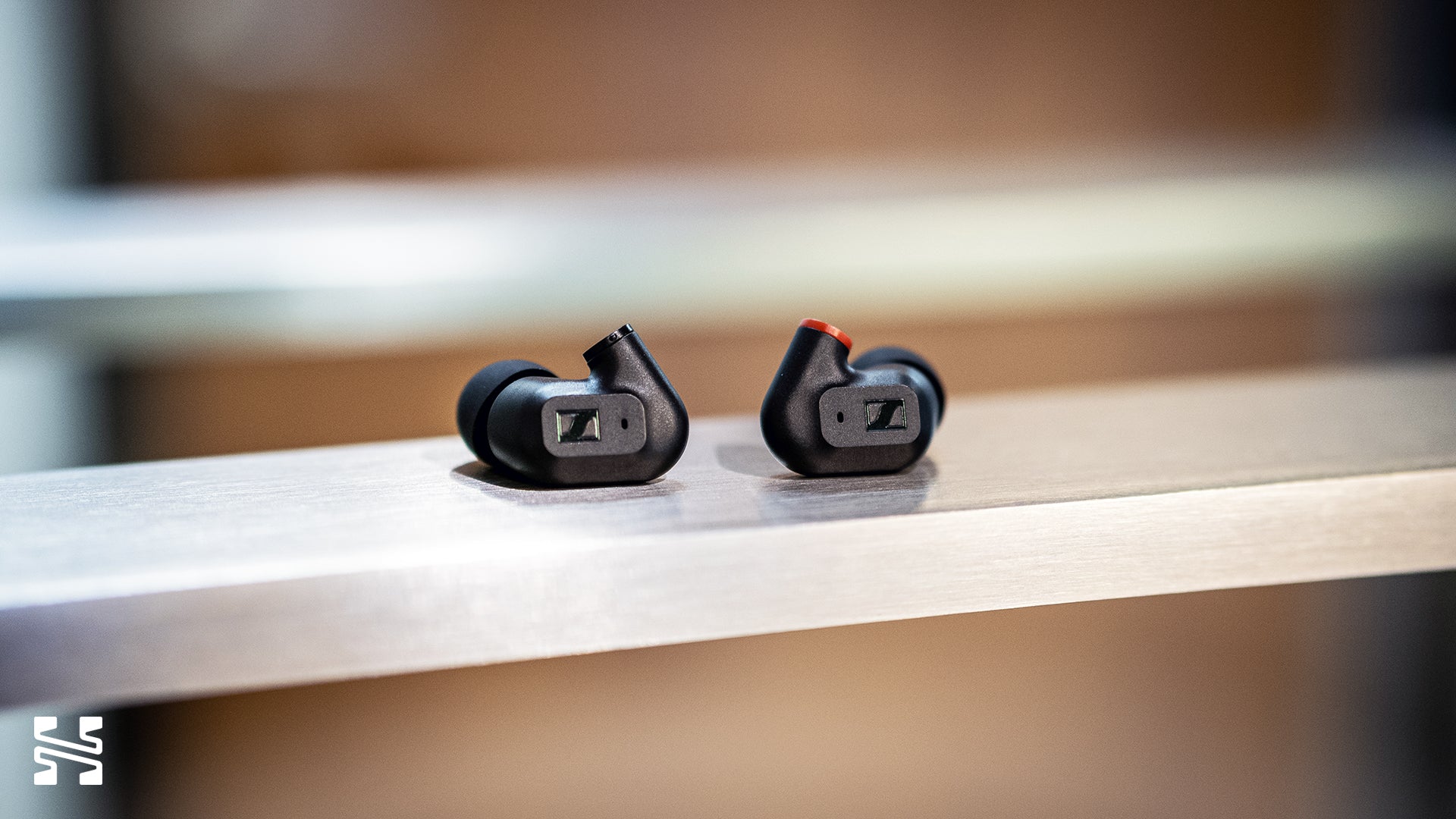
Should You Buy It?
Yes, but no. The IE 200 leaves me in an awkward position. If I was asked if I enjoyed it, I would say yes. It’s an IEM I could recommend for its sonic performance. Its tonality isn't anything out of the ordinary, its bass is definitely better than average, and the treble is on the brighter side without being overdone. Though it’s far from the high bar that the IE 600 and IE 900 have set on a technical level, the IE 200 is the most well-rounded of the Sennheiser IE line-up.
The problem then comes in its price. Ironically, I think $150 is very reasonable for this performance. Moreso than the $800 for the IE 600 and $1,500 of the IE 900. Unfortunately, in the extremely competitive landscape of entry-level IEMs, you practically have to be “THE BEST VALUE IN AUDIO” to get noticed nowadays. IEMs like the Truthear Hexa or Simgot EM6L will provide a more balanced tuning and likely better perceived resolution for cheaper. To add insult to injury, you’re almost certainly going to need to spend $30 - 50 on top of the IE 200 to buy a 3rd party cable and aftermarket tips.
So then, when would someone buy an IE 200? Personally, I can see two standout quality the IE 200 has compared to its peers. 1) Shell size. While I do have a number of complaints about the fit and comfort of this IEM, it is genuinely one of the smallest IEMs available nowadays since other manufacturers have given up on making reasonably sized IEMs. If you plan to sleep with an IEM, the IE 200 is one of the better candidates since it doesn’t stick out of your ears like a sore thumb; and 2) Bass performance. While the IE 200 isn't a basshead IEM, I think the way Sennheiser presents its bass is quite unique to the IEM market and if you value bass quality more than pure tuning, this is worth a consideration.

Appendix
The following are the major complaints I have with the Sennheiser IE design. Individually, they aren’t dealbreakers. But it feels like an unnecessary way for Sennheiser to shoot themselves in the foot for their attempt back into the IEM market. I sincerely hope that with future products, or if they do an “S” revision like all their other products, they’ll pay attention to these issues that most other IEMs in the market have resolved.
The Stock Tips
The silicone tips that come with the IE line-up have a rather awkward fit in my ears. I have to position them perfectly to get a good seal. Otherwise, they fold-in on themselves at the edges and leak. This is likely because the silicone they use isn’t like the standard silicone used with almost every IEM tip. Instead, it’s some sort of thin, flimsy, smooth, and slippery feeling material. As such, if you ever try to demo this at a shop, you might have a hard time getting a good result without spending some time to ensure a good seal. That was my experience the first time I ever tried it and had to resort to some aftermarket tips like the AZLA Sedna’s, at the cost of the foam filters that help tame the treble in the stock tips.
The Proprietary MMCX Connectors
The IE line-up uses MMCX connectors. However, Sennheiser has chosen to slightly recess the MMCX jack so there’s a small protruding collar just outside of it. This prevents most aftermarket cables, which are typically flush at the MMCX termination, from connecting. Sennheiser’s own cables are protruded slightly to fit.
This isn’t the first time a big company has done this with their IEMs - the Sony IER line-up comes to mind. But those IEMs were more accommodating, with a deeper recession and wider collar to allow standard cables to fit. The IE line-up offers no such convenience. Presumably, this is why the IE 900 includes three cables since you’re not going to easily find new cables that will fit. To make matters worse, these recessed MMCX connectors seem to have connectivity issues. Sometimes when I move my head, the sound cuts out for a split second. From what I understand, this is an issue with the stock cable as aftermarket cables don’t seem to have this problem.
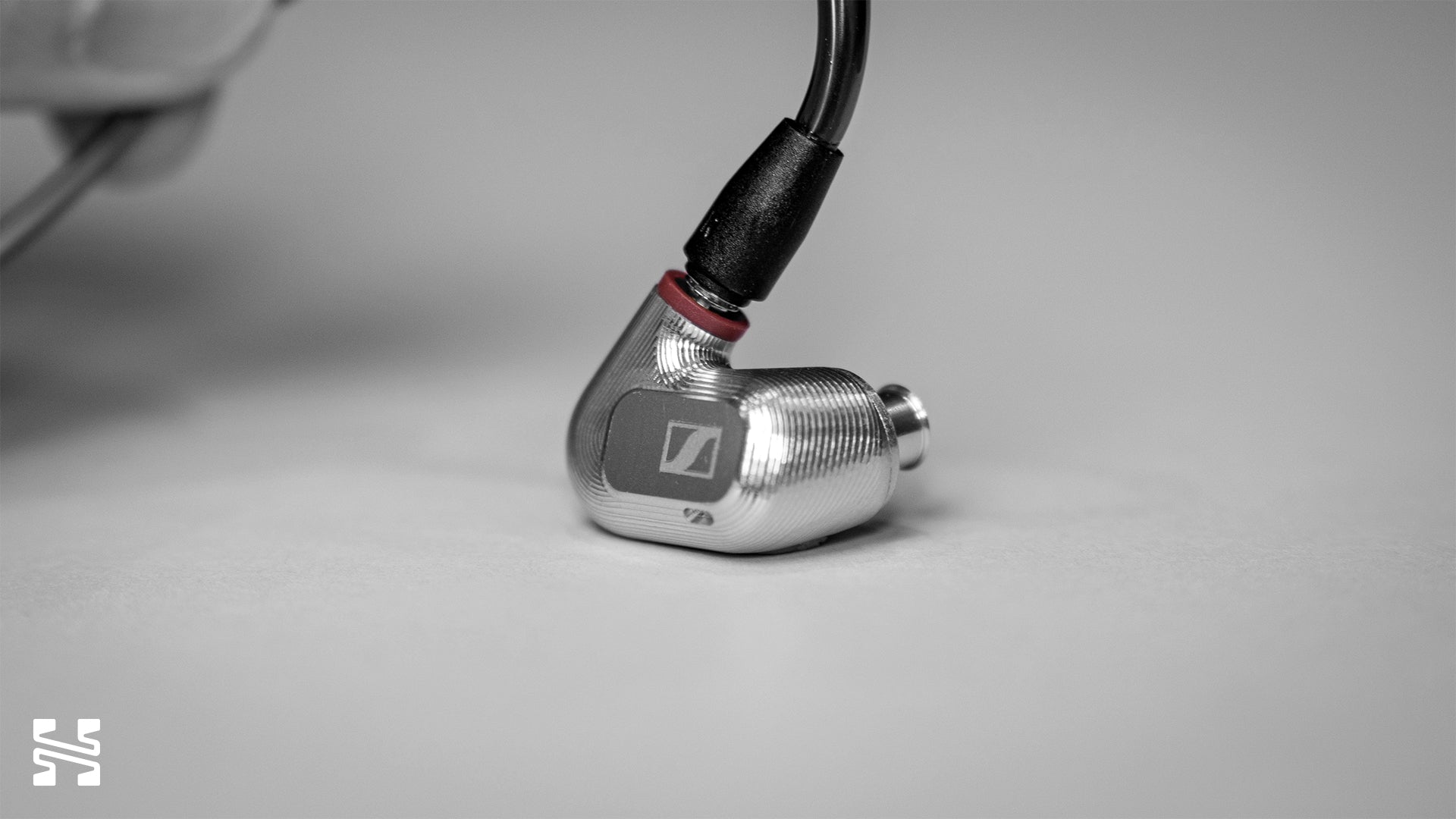
Ergonomics and Shell Design
The shell of the IE line-up is rather small and would look like it fits very well, being modeled after stage IEMs. The problem however is the size and angle of its nozzle relative to the body of the shell. I find it fits in at a bit of an awkward angle and isn’t quite as natural to insert as other IEMs I’ve used to. I’m not able to get it to fit in as deeply as I would like. With the IE 900 specifically, if I push it in further for a deeper fit, the milled body of the shell starts to dig in against my ear and become uncomfortable. Sometimes even painful. Some people might not have an issue with the fit, especially when trying it on quickly at a demo shop, but it’s something to be aware of.
Fakes
This isn’t something Sennheiser has any control over but it is an important thing to be aware of with the IE line-up. Given the popularity of Sennheiser products, there’s been a number of fakes floating around of the IE 900 that I’ve seen. Presumably the IE 600 and IE 200 have their share of fakes too. Do buy from a reputable vendor if you plan on picking one up. If the price is too good to be true, it almost certainly is. There’s a few discussion threads online on how to spot fakes so I recommend you do your research if you do choose to buy from a less than reliable source.
